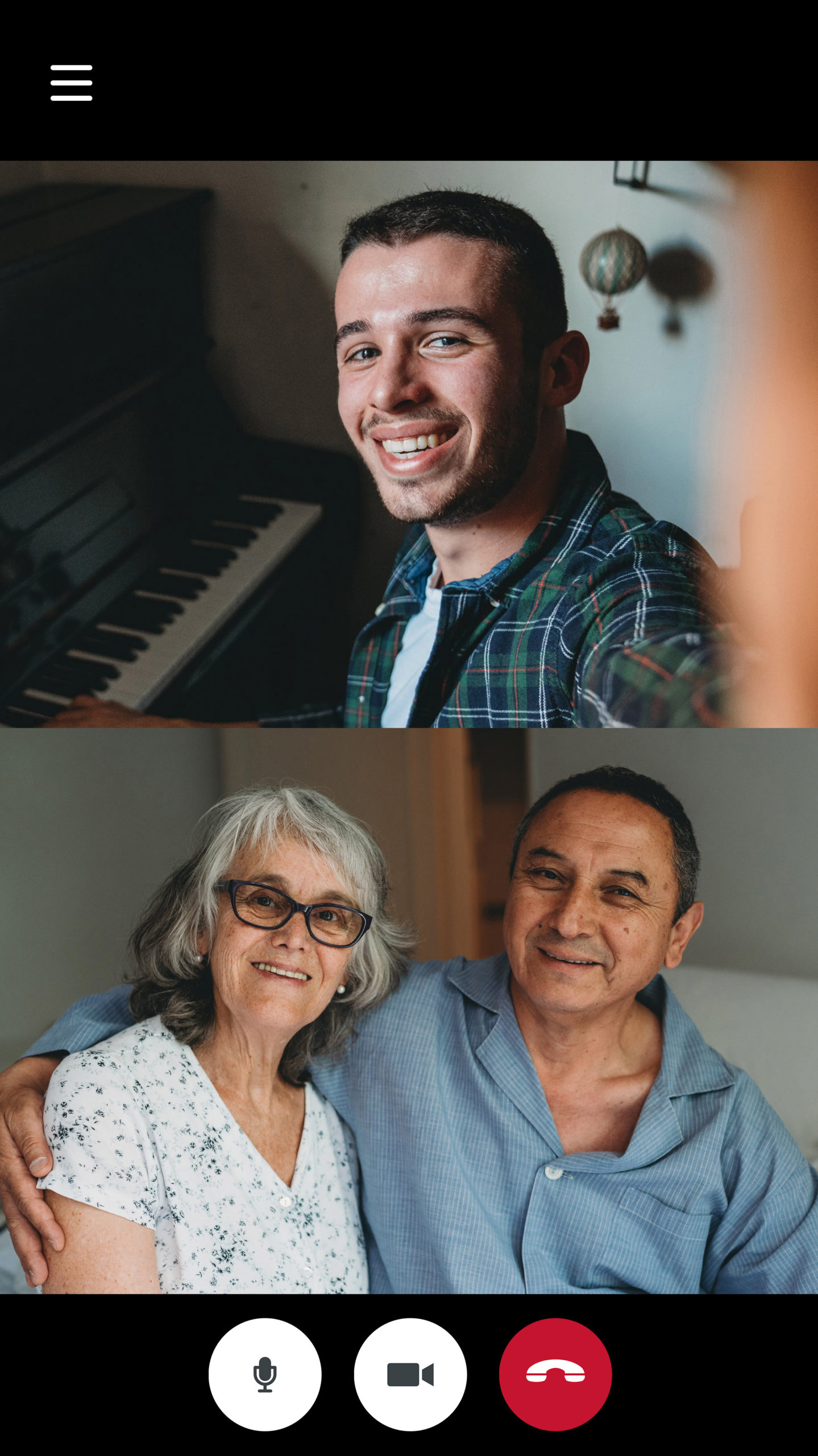The COVID-19 pandemic has been described as “the war of our generation.” Millions of families are bravely waging war on COVID-19 by rising to the many challenges of social distancing, including upended school and work routines, financial insecurity, and inability to see loved ones, all compounded by the uncertainty of how long this will last. These challenges are likely magnified for those with autism spectrum disorder (ASD). Features of ASD, including impaired social and communication skills, repetitive behaviors, and insistence on sameness, can make it very difficult to understand social distancing, express distress, and adapt to new routines.
What has the impact of the COVID-19 pandemic been on teenagers with ASD and their families?
Social distancing has created many new challenges for families caring for teenagers with ASD in the home. Many teenagers with ASD receive support services including special education, behavioral therapy, occupational therapy, speech services, and individual aides through school. Delivering these services virtually is a major challenge, particularly since many teenagers with ASD already have social and communication difficulties, limiting the utility of video chat. Parents are therefore finding themselves simultaneously expected to play the role of parent, special education teacher, and individual aide, all the while providing care for other children and juggling work-from-home responsibilities. Aggressive and self-injurious behaviors may also increase during this time of fear and uncertainty.
What about young adults who live in group homes?
Group home residents have been impacted by social distancing in several unique ways. First, many group homes across the United States have restricted visitors to legal guardians. For many, this means that they are not permitted in-person visits with parents. Second, group home residents are now no longer permitted to engage in their normal routines at day programs and work sites. Because of these restrictions, group home residents are now generally confined to their group homes, and social interactions are limited to ad hoc activities with other residents and staff members, often within the group home. Third, the disappointment of missing highly anticipated events such as outings and family holidays can be amplified for a person with a limited understanding of the pandemic, particularly for those with intellectual disability. Many individuals with ASD may even view these restrictions as punitive, increasing the risk of anxiety, depression, or behavioral outbursts.
Strategies to support teenagers and young adults with ASD during COVID-19
Educate teenagers about COVID-19. Since confusion can fuel fear and anxiety, it is important to educate teenagers and young adults with ASD about COVID-19 and social distancing. Exposure to COVID-19 through the media can be overwhelming and misinterpreted. The language used when discussing COVID-19 should be clear, direct, and adapted to the person’s cognitive ability. It may be helpful to use a visual aid. Many people also have misperceptions and catastrophic fears about COVID-19, so it can be helpful to ask directly: “What do you know about COVID-19?” and “What worries you most about COVID-19?” Allow the teenager or young adult with ASD to guide how much or how little he/she would like to know and






